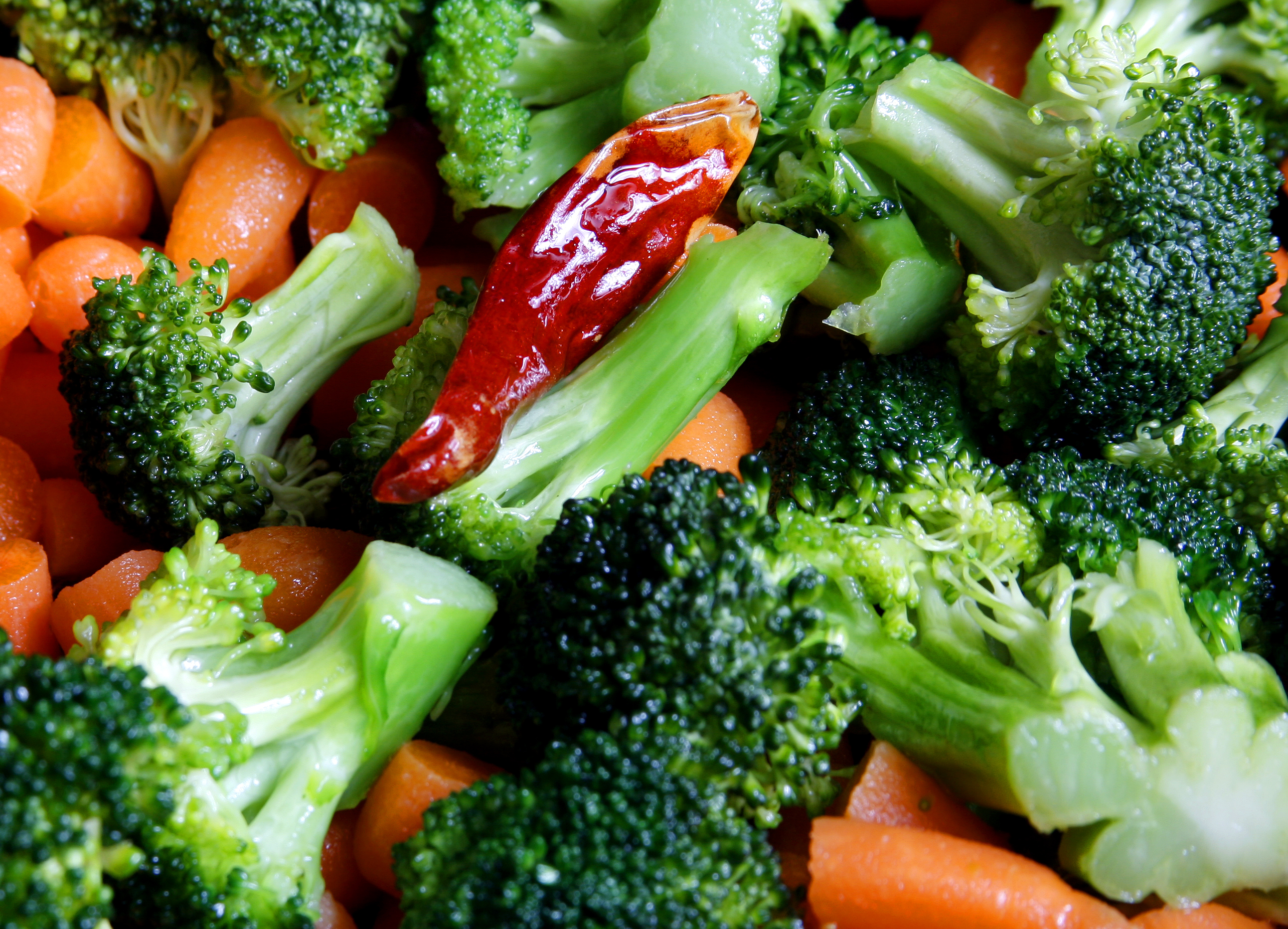Between the bread: Nutrition considerations for lunch meat and sandwiches
 Sandwiches are convenient for lunches at work or at home with almost endless varieties but how do lunch meat-laden options fit into a well-balanced diet? Baylor Medicine dietitian Lisa Froechtenigt explores this topic at the perfect time – during National Sandwich Month in August.
Sandwiches are convenient for lunches at work or at home with almost endless varieties but how do lunch meat-laden options fit into a well-balanced diet? Baylor Medicine dietitian Lisa Froechtenigt explores this topic at the perfect time – during National Sandwich Month in August.
Question: Does lunch meat have a place in healthy diet?
Answer: Lunch meats like ham, salami and turkey can have a place in a healthy diet, depending on the variety and how they fit into someone’s overall nutritional intake. They can be a convenient source of protein, but it’s important to be mindful of factors like sodium and saturated fat content. Leaner options, such as turkey or chicken breast, tend to be lower in saturated fat compared to salami or ham. I recommend including a variety of protein sources throughout the day and week, rather than relying solely on lunch meats. They can be part of a balanced diet, but moderation and variety are key to meeting nutritional needs.
Q: What should you look for when selecting lunch meat?
A: When selecting lunch meat, it’s helpful to consider your individual dietary needs and preferences. In general, aiming for lean protein options such as turkey or chicken breast can be a good choice for most people. It’s also important to be mindful of sodium levels, saturated fat content and added preservatives like nitrates or nitrites, which are common in many processed meats.
Q: Is one type of lunch meat better than another? Turkey, for example?
A: There isn’t one type of lunch meat that’s universally better than another – it really depends on the individual’s health needs, goals and personal preferences. For example, someone watching their saturated fat intake might prefer leaner options like turkey or chicken breast, while others may prioritize taste or cultural preferences and choose ham or salami. Nutritionally, leaner meats tend to be lower in fat and calories, and some varieties may also have reduced sodium or be nitrate-free, which can be beneficial for certain health conditions. The key is to read labels, be mindful of portion sizes and include a variety of protein sources in your overall diet. Lunch meat can be part of a balanced eating pattern when consumed in moderation and paired with other nutrient-dense foods.
Q: Is it ok to put lunch meat in your child’s lunch box?
A: Yes, it is absolutely okay to include lunch meat in your child’s lunch box. Lunch meats can be a convenient source of protein and provide nutrients like iron, zinc, and B vitamins. That said, it’s important to be mindful of the type and quality of lunch meat you choose. Whenever possible, pair lunch meat with other whole foods – such as fruits, vegetables, whole grains and dairy – to create a balanced meal. Also, offering a variety of protein sources throughout the day helps ensure your child gets a well-rounded intake of nutrients.
Q: Does putting lots of veggies on your sandwich outweigh the potential unhealthiness of lunch meat?
A: Adding vegetables like spinach, tomatoes, pepper and others to your sandwich is a great way to boost its nutritional value by adding fiber, vitamins and minerals. However, it’s important to remember that eating nutrient-rich foods doesn’t cancel out or neutralize the less nutritious aspects of other ingredients, like processed lunch meats. Instead of thinking in terms of good vs. bad foods, I encourage people to focus on balance and enjoyment. If you love veggies on your sandwich, go for it! If not, you can still include vegetables in other meals or snacks, like blending them into sauces or soups.
Q: What are some alternatives to lunch meat?
A: There are plenty of nutritious alternatives to lunch meat that can still provide protein and variety in meals. Some great options include grilled or roasted chicken or turkey slices, hard-boiled eggs or egg salad, tuna or salmon, hummus, nut butters and plant-based proteins like tofu or tempeh slices. These can be used in sandwiches, wraps or paired with whole grains and veggies for a balanced meal.
Other foods like avocado, cheese and beans can also be great addition. They provide healthy fats, some protein and fiber. The key is to include a variety of foods throughout the day to meet your nutritional needs while keeping meals enjoyable and satisfying.
Q: Do you have a recommendation for a restaurant in Houston with a healthy sandwich?
A: It really comes down to personal preference – Houston has so many fantastic sandwich spots. If you’re looking for healthier options, places like Local Foods, Mendocino Farms, Whole Foods Market, and even chains like Jersey Mike’s or Jimmy John’s can offer good choices depending on what you’re looking for.
Lisa Froechtenigt is a registered dietitian and senior program management associate in the Weight Loss and Metabolic Center at Baylor Medicine.



